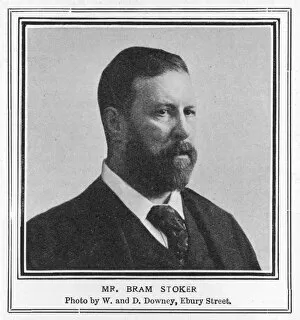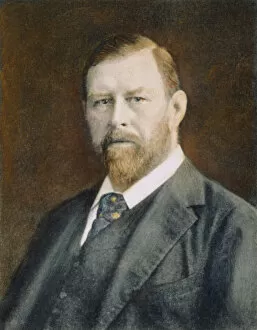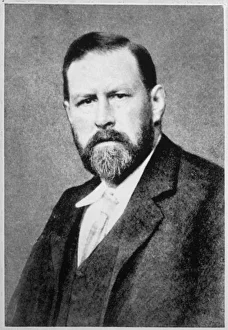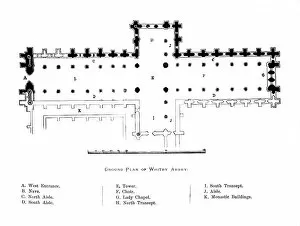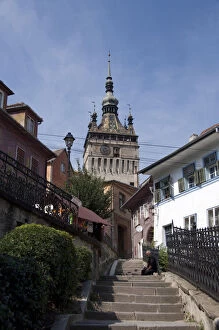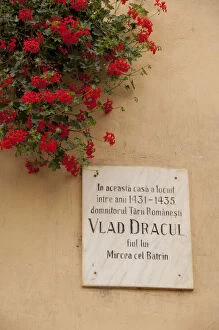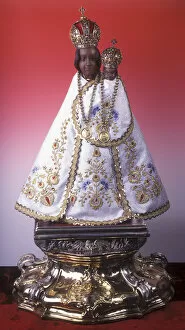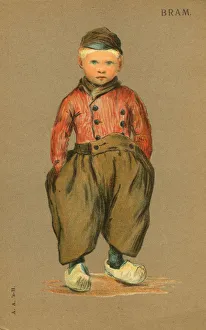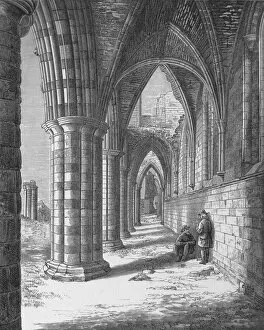Bram Collection
Bram Stoker, the renowned Irish writer, is best known for his iconic novel "Dracula
All Professionally Made to Order for Quick Shipping
Bram Stoker, the renowned Irish writer, is best known for his iconic novel "Dracula. " Born in 1847 and passing away in 1912, Stoker's legacy continues to captivate readers worldwide. This oil painting over a photograph captures the essence Stoker as both a novelist and theatre manager. Stoker drew inspiration from various sources, including Vlad the Impaler, also known as Prince of Wallachia. The chilling tales surrounding this historical figure influenced the creation of Count Dracula, forever immortalized within the pages of literature. The ground plan of Whitby Abbey holds significance in Stoker's work. It served as a setting for key scenes in "Dracula, " adding an eerie atmosphere that lingers even today. A caricature featuring Henry Irving and Bram Stoker showcases their close collaboration. Irving was an acclaimed actor who played a vital role in shaping Dracula's stage adaptation. Their partnership brought this timeless vampire tale to life on theatrical stages across Europe. Amongst these captivating images lies an original statuette of the Virgin Mary from Svata Hora. Crafted from polychrome pear wood around 1348, it exudes a sense of sacredness and history that resonates with Stoker's fascination with folklore and mysticism. This statuette serves as a reminder that beyond his literary achievements, Bram Stoker had diverse interests encompassing artistry and spirituality. His ability to weave together elements from different realms contributed to his unique storytelling style. Bram Stoker remains an influential figure whose imagination has left an indelible mark on popular culture. From novels to theater productions, his creations continue to haunt our collective consciousness long after his time on earth ended.

